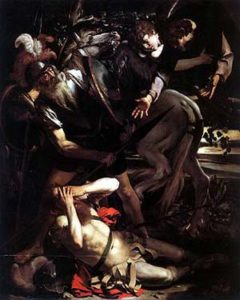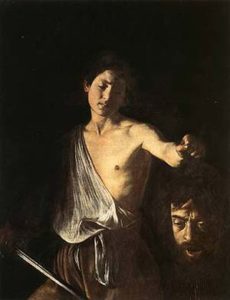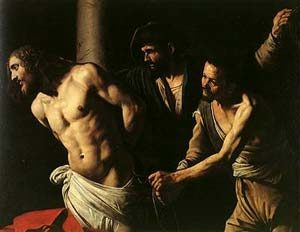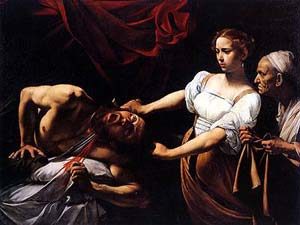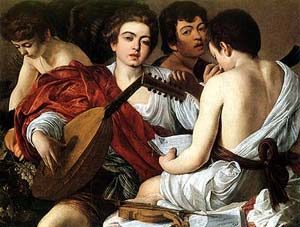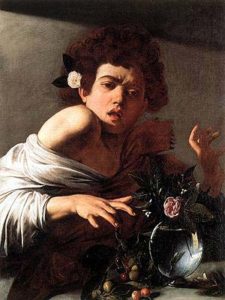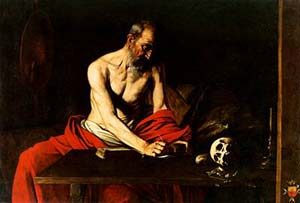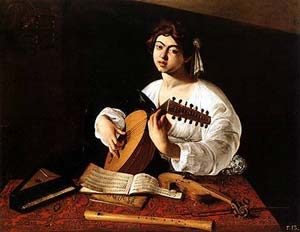Michelangelo Merisi da Caravaggio. How masterpieces are born.
Promoted by the Fondazione Longhi.
20 paintings and x-rays of the works
March 26 1992 / May 24 1992
Roma – Palazzo Ruspoli (120.000 visitors)
Catalogue – Electa
Scientific Committee:
Antonio Paolucci
Bruno Toscano
Federico Zeri
- Conversione di San Paolo
- Davide con la testa di Golia
- Flagellazione di Cristo
- Giuditta e Oloferne
- Musica di alcuni giovani
- Ragazzo morso dal ramarro
- San Gerolamo scrivente
- Suonatore di liuto
After the great success at Palazzo Pitti in Florence, the exhibition “Michelangelo Merisi da Caravaggio. How masterpieces are born” – promoted by Longhi Foundation – is now in Rome, the city where Merisi worked extensively, reaching artistic maturity and creating extraordinary masterpieces for prestigious local commissions. The exhibition features numerous works from Italy and abroad, presented in a renewed format compared to the previous edition; it includes approximately twenty paintings, some of which are exhibited for the first time to the public: the widely copied “The Incredulity of Saint Thomas” from Sanssouci Castle in Potsdam, “Saint Jerome” from the Monastery of Montserrat, and “Martha Rebuking Mary Magdalene for her Vanity” from the Detroit Institute of Arts. It is not an anthology but an extraordinary opportunity that combines art with scientific research: laboratory analyses conducted over five years on some of the artist’s works are presented, contributing significantly to understanding his art.
Study and emotion coexist and dictate their entire interest for both the expert and the enthusiast, in a unique exhibition space: scientific analyses and X-rays of the works, dual lighting – frontal and grazing – calibrated distance between the paintings. All these elements, supporting a painting with unique evocations, give the exhibition a special dimension.
ROBERTO LONGHI FOUNDATION
The Foundation for the Study of Art History Roberto Longhi, located in Villa “Il Tasso,” where Roberto Longhi and Lucia Lopresti (the writer Anna Banti) lived, was established in 1971 with the aim of providing recently graduated young art historians with the most advanced means to complete their training and conduct research on a scientifically concrete level. These objectives were suggested by the founder Roberto Longhi, following the methodological approach that distinguished him, especially in forming art historians-experts, particularly officials and conservators entrusted with the tasks of safeguarding artistic heritage.

